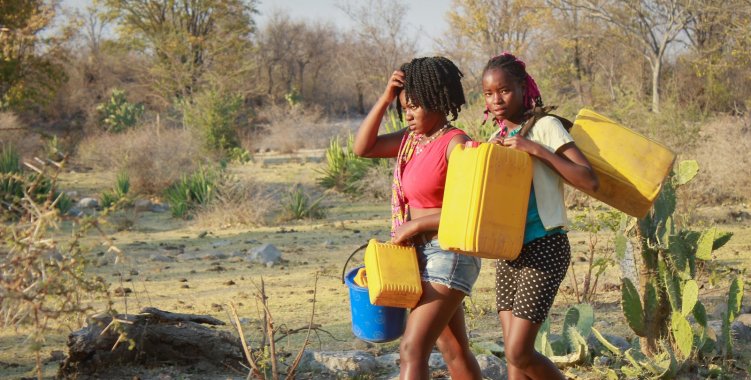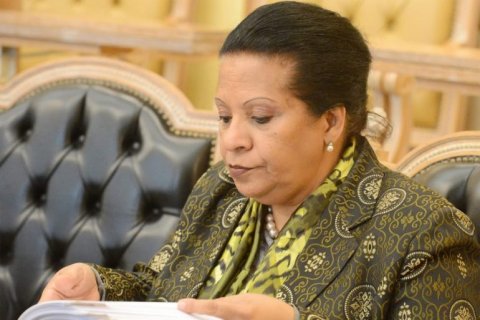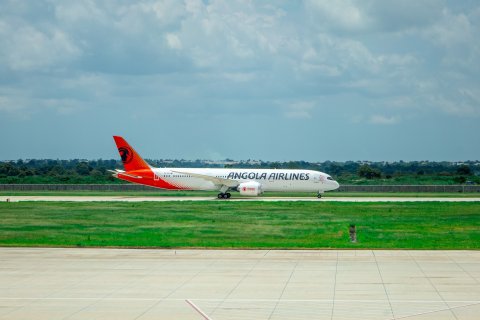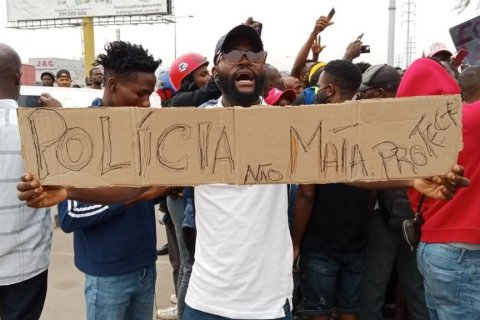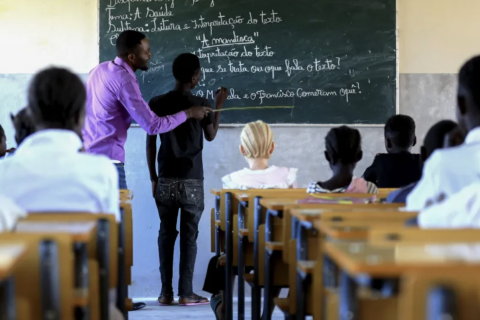On the land border between Angola and Namibia, marked by the posts of Santa Clara (Angola) and Oshikango (Namibia), the lack of water is confirmed by the movement of women and children with containers in search of the precious liquid.
Among dozens of people, eager for the water that has been in short supply since last August in that Angolan village, located in the municipality of Namacunde, Cunene province, is Maria Cambinda, 16 years old, who said she missed school due to lack of water.
"The lack of water here has been going on for two months, we don't have water, we're not even going to school, there's no water, and we're just drinking water from the cicimba (well)", said the student.
According to Maria Cambinda, the lack of water is known to the municipal authorities and whenever it gushes in some neighborhoods, a 10-liter bucket is sold for between 200 kwanzas and 250 kwanzas compared to the previous 50 kwanzas.
"There is still a place where water is gushing, but the queue is huge and many people can't get it", she lamented, pointing to an area where a huge queue of people were waiting their turn to be able to get a 20-litre drum of water.
With a small road separating Angolan and Namibian soil, it is there where many people found a source of water for their consumption, which leads many to get up early to get the scarce liquid.
"I arrived here at 05:00 in the morning in search of water, we are coming from distant neighborhoods to get here in this border area", said Georgina Satundu, who, impatient with waiting for the water that gushed from the dropper, was waiting for her turn.
"The people of Santa Clara are suffering, we have been without water since August, here at this tap it is free, but there is also no pressure", highlighted the housekeeper.
Juliana Atusheni, a 23-year-old student, lamented the lack of water in that region of southern Angola, saying that the President, João Lourenço, only covered the location with money from Kwenda (monetary transfer program).
"João Lourenço only gave us money from Kwenda and didn't give us water (...) when there are places with water we always have discussions between people to get some", she highlighted.
Namacunde, Cuvelai, Ombandja, Curoca, Cuanhama and Cahama are the six municipalities that make up the province of Cunene, which in recent years has been greatly affected by drought, with central and local authorities developing projects to respond to the shortage.
The lack of water in Santa Clara was also confirmed by a Russian doctor, working at the local Health Center, who noted the increase in cases of disease.
"Here there are a lot of coughs, a lot of bronchitis, a lot of flu, the climate is dry, it's hot, sometimes water is difficult, but we work and serve everyone who comes to us here at the center", said the intern doctor, who has been working in Angola.
To Lusa, the municipal administrator of Namacunde, Cristina Naheme Omuno, acknowledged the scarcity, indicating that "efforts are being made to little by little minimize the water shortage situation".
"At this precise moment I am referring to the actions already completed within the scope of the PIIM (Integrated Plan for Intervention in Municipalities), not in all localities, but in some parts of the municipality and future projects will also bring and cover other localities", she assured.
Namacunde, a region considered endemic for the Guinea Worm or guinea worm, according to the World Health Organization, has an estimated population of around 150 thousand inhabitants.

